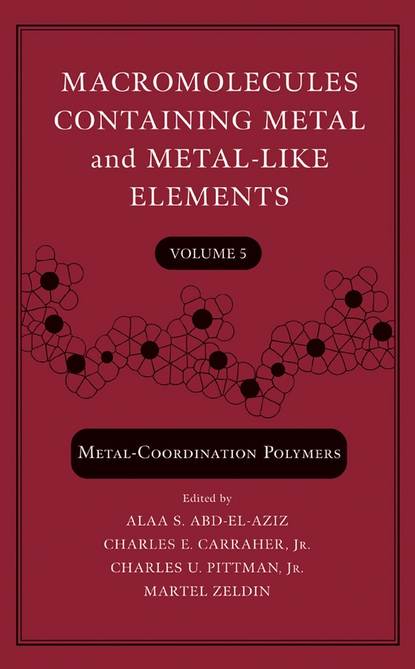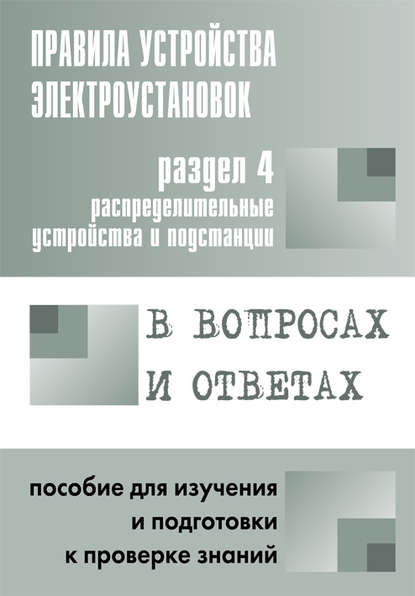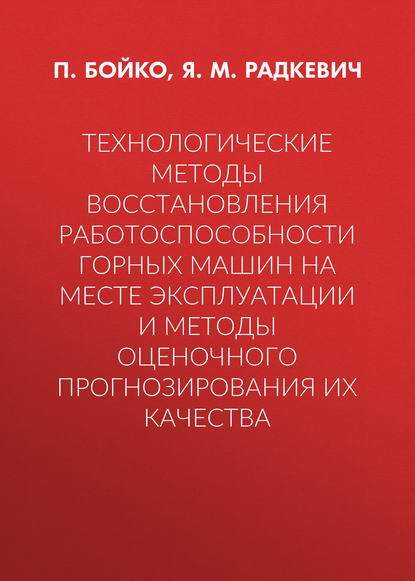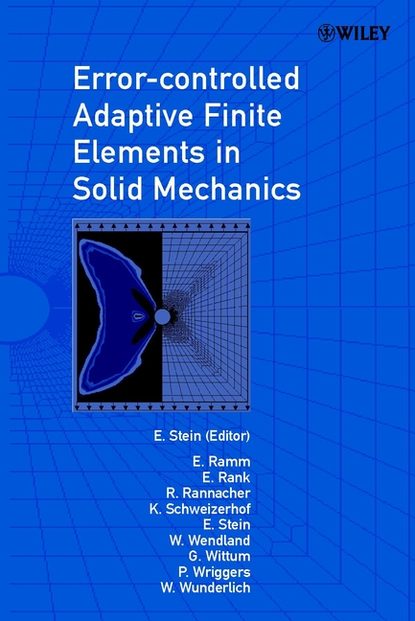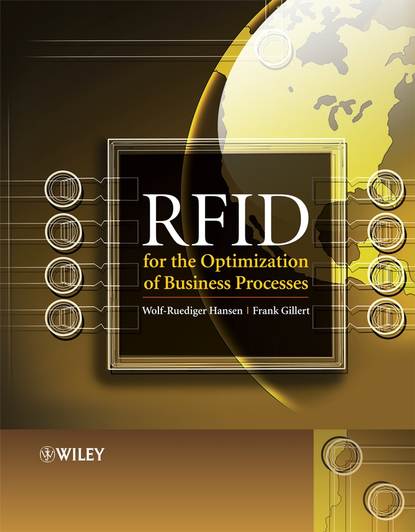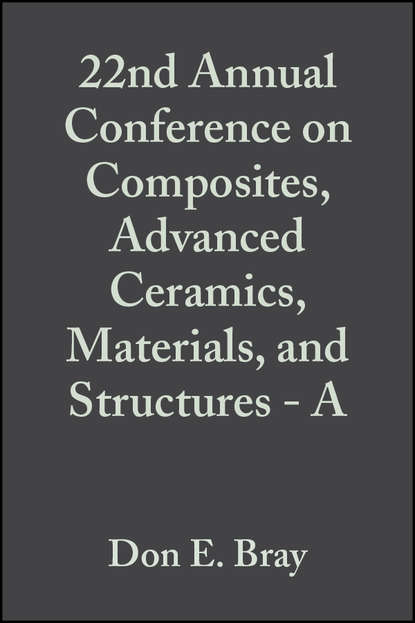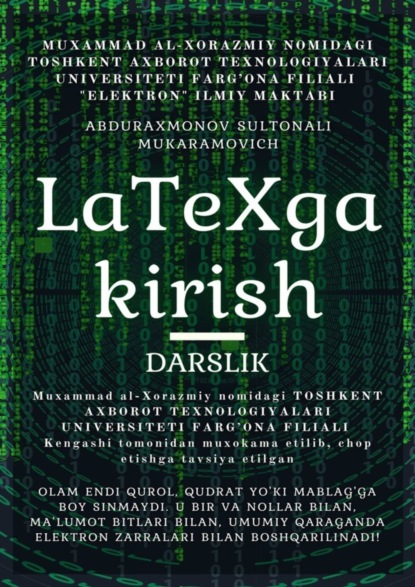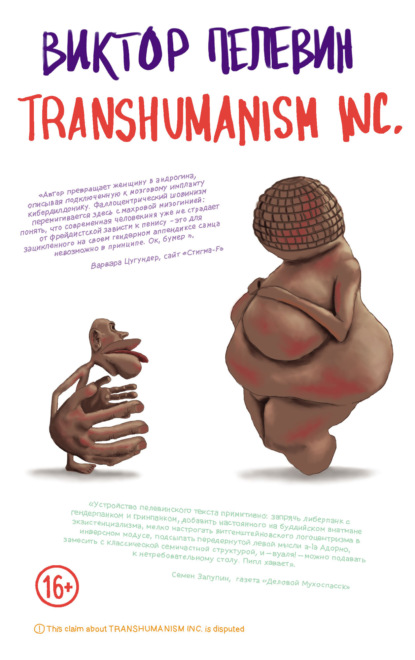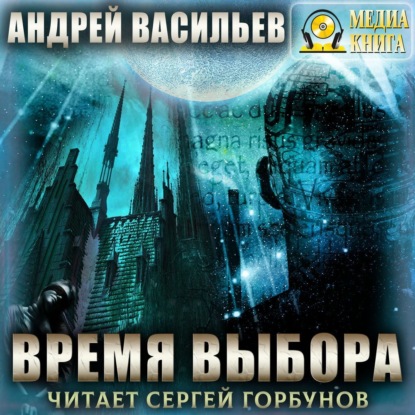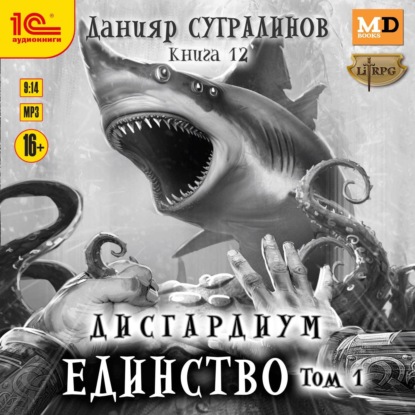Книга "Macromolecules containing metal and metal-like elements, volume 5" автором которой является Martel Zeldin, предназначена для тех, кто интересуется химией и биохимией. Данная книга является изданным расширением предыдущих сборников, посвященных Макромолекулам. Но, в отличии от предыдущих сборниках, здесь рассматриваются металлы и их применение в химии. Книгу можно считать научно-популярной, так как автор, насколько можно судить, старается облегчить читателю понимание материала. Несмотря на простоту изложения книга будет интересна всем тем, кто изучает материалы химического состава и воздействия природы на него.
The Series addresses critical issues such as the development of next-generation interfacial materials and nanofibers, additions to chemical sensors, druplicate strategies in organometallic reactions, and more. Accounts of metallosupramolecular chemistry at various aggregation states, end internal cavity sites, ground/excited state electron transfer, intermolecular and intramolecular redox chemistry are highlighted.
This series provides a valuable, applications focused forum for the nascent generation of macromoleculars and materials, volume 5 of which offers useful manuals covering such elements as the transition metal s elements & how they are vital to many applications. These are discussed In two distinct volumes, Volume 6 dealing with the next batch; both are indispensable resources for those interested in exploring this broad spectrum of metallic components & innovations which lie at the definitive fabric of the 21st century.
Электронная Книга «Macromolecules Containing Metal and Metal-Like Elements, Volume 5» написана автором Martel Zeldin в году.
Минимальный возраст читателя: 0
Язык: Английский
ISBN: 9780471727644
Описание книги от Martel Zeldin
This series provides a useful, applications-oriented forum for the next generation of macromolecules and materials. The fifth volume in this series provides useful descriptions of the transition metals and their applications. Transition Metals are covered in 2 volumes, the second part is covered in Volume 6.
